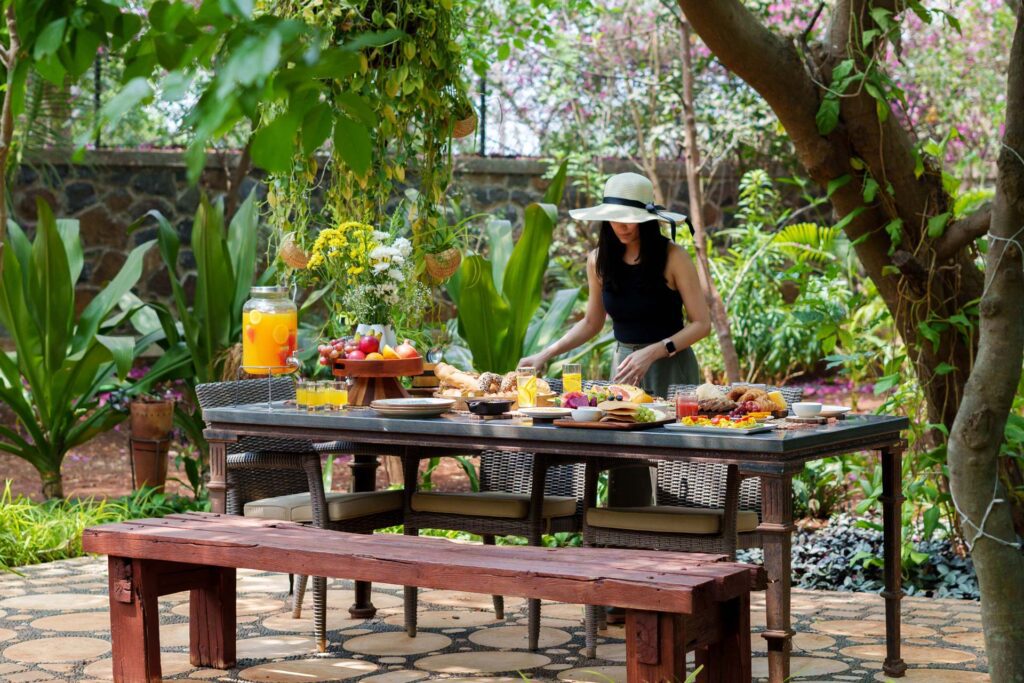Skift Take
Indian travelers now seek flexible accommodation options, and the alternative stay industry is racing to keep up with the demand. StayVista claims to bridge the trust gap that has historically plagued the sector.
The demand for alternative accommodations in India is at an early stage but continues to grow.
According to Skift Research’s India on the Move: A Traveler Survey, only 7% of Indian travelers opt for vacation rentals. However, Skift Research’s preliminary analysis also indicates that the Indian short-term rental industry is poised to expand into a $3 billion market by 2033, driven by new brands, a shortage of hotels, and shifting preferences.
Skift recently chatted with Amit Damani, the co-founder of StayVista, one of India’s largest luxury villa rentals brand, to discuss the current market.
The company, founded in 2015, now has 850 properties spread across over 50 destinations in India. The company has also raised capital from consumer brand focused investors such as DSG Consumer Partners, Singapore Angel Network and Singularity Holdings, as well as from Google’s Rajan Anandan.
“The market for alternative accommodations in India is still in its nascent stage,” Damani said.


What Indian Travelers Want
The shift towards alternative stays, especially luxury villas, is largely driven by the unique preferences of Indian travelers, who form 97% of StayVista’s clients. “Indian travelers often travel in groups — be it family getaways, celebrations, or pilgrimages,” said Damani. “They seek private, exclusive spaces that can accommodate their entire group, which hotels often cannot provide.”
He said the Covid-19 pandemic significantly accelerated the demand for private holiday homes as people valued privacy and preferred driving to destinations rather than flying. “This organic demand boosted our business and we didn’t have to spend a single penny on marketing.”
The preference for alternative accommodations has also evolved. “Travelers want environments that foster uninterrupted conversations and allow them to spend quality time with loved ones. Alternative accommodations offer travelers the freedom to do what they want, be it enjoying a private pool or customizing meals to their dietary needs,” he said.
The design and location of accommodations also play a crucial role. “These properties are often in unique locations, from villas next to waterfalls to those on lakesides. Settings that provide an experience that hotels can’t match,” Damani said.
Can New Brands Win Over a Skeptical Market?
There’s a trust gap in India when it comes to alternative accommodations, and brands could help.
Damani explained that creating brands within the alternative accommodation sector addresses the trust gap. Travelers want assurances about the quality and consistency of their experiences, which unbranded properties often lack.
“By developing recognizable brands, companies can offer a reliable standard of service, thereby filling the trust void that has historically plagued this sector,” he said.
He pointed to brands like MakeMyTrip and Booking.com, which are investing in the sector.
Skift had earlier reported that nearly 34% of Booking.com’s global total room nights came from the alternative accommodation segment during the April-June quarter in 2023?
MakeMyTrip has also doubled down on building its inventory of homestay properties.
StayVista has recently launched the Vieda collection, which the company said will comprise “a selection of only the absolute best villas that the country has to offer.” As Damani likes to call it, “Our vision is to create the Ritz-Carlton of villa hospitality, offering unmatched luxury and exceptional guest experiences.”
He said, the idea for Vieda came from, “How do you bring that personalized butler service that you typically get in residential suites of hotels to these units.” By the end of 2025, StayVista aims to have 50 exclusive properties in the Vieda collection.
The branding effort also presents a significant opportunity. By establishing and promoting brands within the alternative accommodation market, companies can differentiate themselves, ensuring that guests know what to expect and can trust the quality of their stay. Damani said, this not only helps improve customer satisfaction, but also positions these brands to capitalize on the growing demand for alternative accommodations.
Damani said that 75% of StayVista’s business comes directly.


What’s Next for StayVista?
With 850 properties spread across the country, StayVista also has ambitious plans to expand its portfolio of luxury villas: “We do aim to be the home away from home for Indian travelers and are keen to explore to international destinations where Indians frequently travel. But our current focus is on expanding within India, tapping into key metro destinations and popular travel spots,” Damani said, citing the vastness of the Indian domestic market.
Damani’s India expansion plans is complimented by the fact that the Indian hospitality industry witnessed investments to the tune of $401 million in 2023, according to real estate company JLL. This was nearly four times the transaction volume recorded in 2022.
Damani said the biggest testament to StayVista’s service is the fact that over 65% of its guests are repeat travelers. And while StayVista believes that guest loyalty is crucial for sustained success, it currently doesn’t have a loyalty program.
However, operating luxury villas in India comes with its regulatory challenges. “The biggest challenge is the lack of a clear national policy on homestays. Each state has its regulations, creating confusion. We’d love to work with the government to create a standardized national policy, providing clarity for all stakeholders.”
